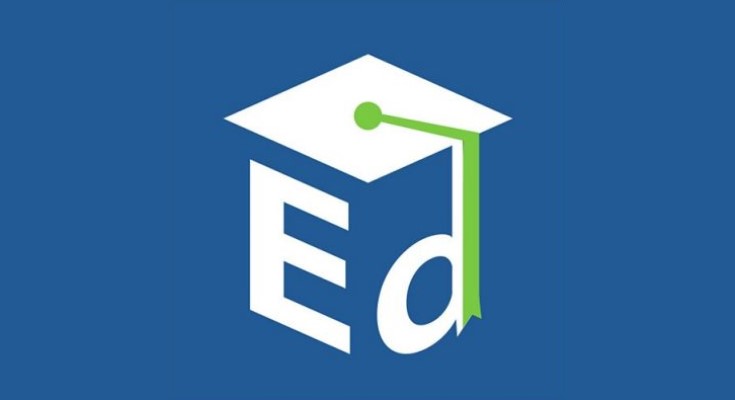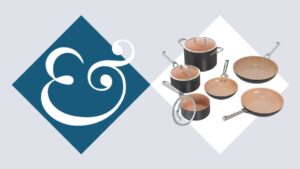
The U.S. Department of Education has issued new guidance aimed at enhancing the delivery of federally funded services to students enrolled in private schools. This initiative seeks to ensure that eligible private school students receive equitable academic support, similar to their public school counterparts. The recommendations, outlined in a Dear Colleague Letter, focus on streamlining processes for local education agencies (LEAs) to improve access to services under the Elementary and Secondary Education Act (ESEA).
Under Title I-A of the ESEA, low-achieving students residing in public school attendance areas but attending private institutions are entitled to receive federally funded services. These services can range from one-on-one tutoring to counseling and summer school programs, all designed to enhance academic performance. It is important to note that private schools do not directly receive Title I-A funds; instead, LEAs are responsible for facilitating these services on behalf of eligible students and teachers.
Hayley Sanon, Acting Assistant Secretary for the Office of Elementary and Secondary Education, emphasized the importance of equitable services, stating, “Federal taxpayer dollars should support the best education outcomes for students regardless of where they attend school.” She added that the current administration is committed to expanding educational choice, ensuring parents can select the option that best suits their child’s needs.
Federal Support for Private School Students
Since its enactment in 1965, the ESEA has allowed private school students to benefit from federally sponsored education programs. Lawmakers designed these funds to directly assist children rather than the institutions themselves, ensuring that eligible private school students receive services funded by Title I-A in much the same way as their public school peers. The new guidance encourages LEAs to work closely with private school officials to ensure resources are effectively targeted to those students who need them most.
Under Section 1117 of the ESEA, LEAs receiving Title I funds are required to develop equitable service programs for eligible children in consultation with private school representatives. These programs must be secular, neutral, and non-ideological while also improving academic outcomes. For private school students who reside in multiple LEAs, state educational agencies (SEAs) are encouraged to facilitate coordination among districts to minimize administrative burdens. This approach aims to create a more efficient process for delivering services to eligible students, families, and educators.
A Broader Strategy for Educational Flexibility
This guidance is part of a broader initiative by the Department of Education to enhance educational choice and flexibility within federal education programs. It marks the fourth piece of guidance released in 2025 under this initiative. Previous directives included topics such as Direct Student Services and provisions for persistently dangerous and unsafe schools.
The new letter reiterates the Department’s commitment to ensuring greater access to federally funded educational services, irrespective of school type. By fostering collaboration between public and private education sectors, the Department aims to optimize the use of federal taxpayer dollars, ultimately maximizing student success and providing high-quality learning opportunities for all eligible children.
As this guidance takes effect, the Department of Education seeks to improve the educational landscape for private school students, ensuring that they are not left behind in the search for educational excellence.







